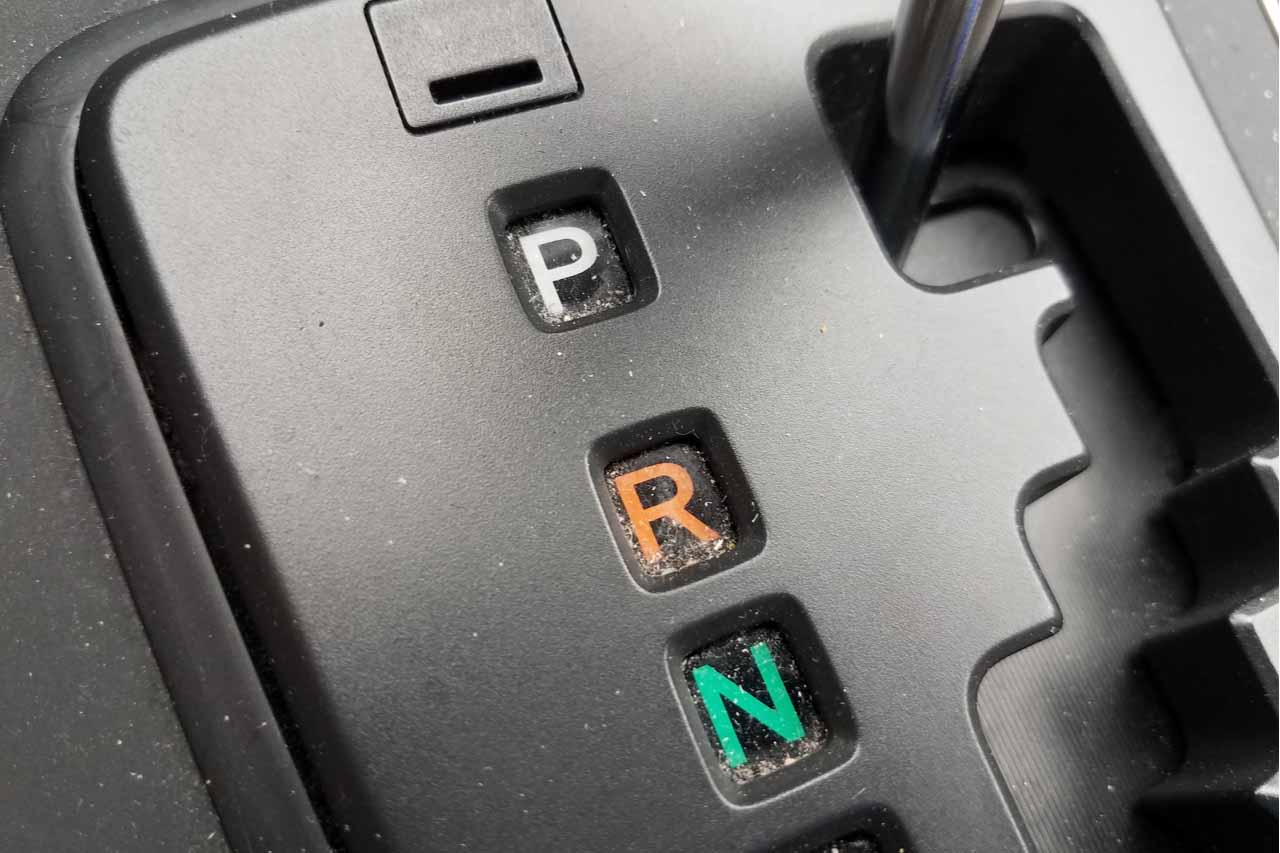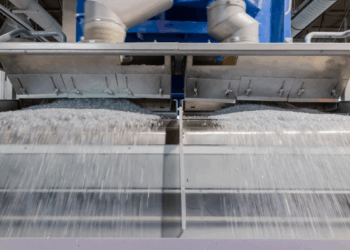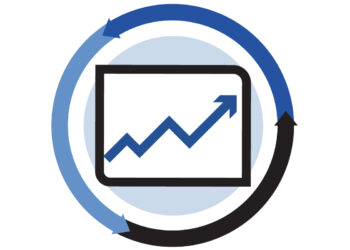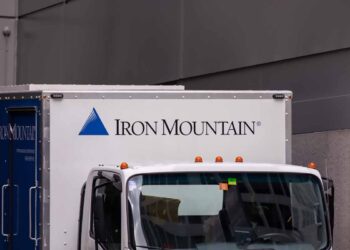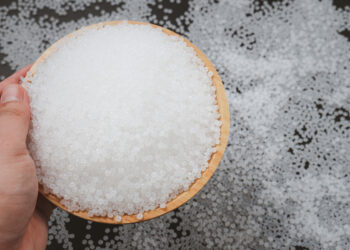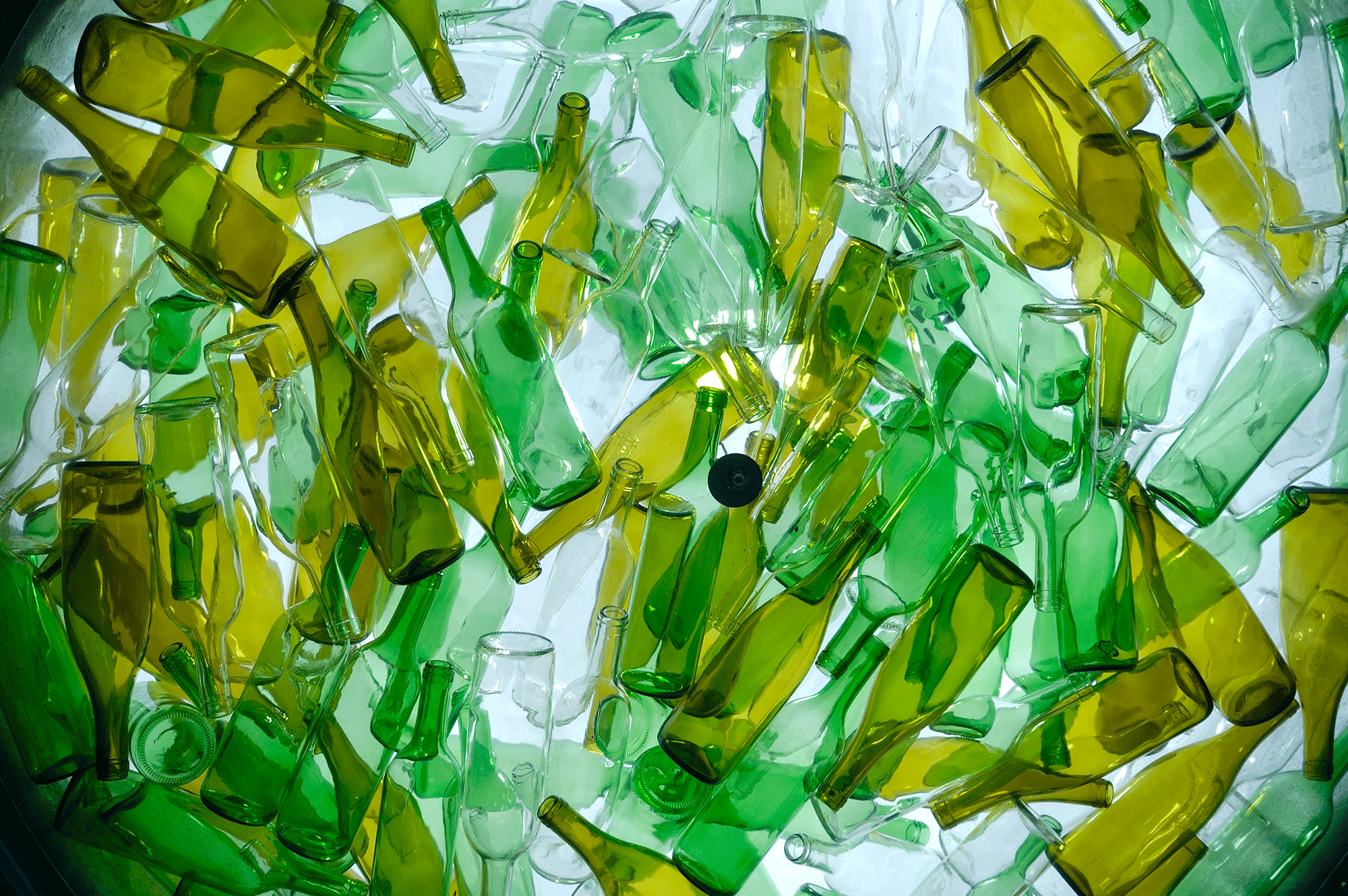An executive at KW Plastics recently described current market trends and how they’ve impacted scrap plastic prices.
In a recent online discussion hosted by the Institute of Scrap Recycling Industries (ISRI), Scott Saunders, general manager of KW Plastics, explained the impact of COVID-19 on demand and laid out how different resins are faring when it comes to pricing.
Saunders was joined in the presentation by Thomas Swift of the American Chemistry Council and Sunil Bagaria of GDB International. Bagaria is chairman of ISRI’s Plastics Division. (Saunders serves on the board of directors for the Association of Plastic Recyclers, which owns Resource Recycling, Inc.)
Troy, Ala.-based KW Plastics processes about 500 million pounds per year of HDPE and PP combined. The company also operates a manufacturing division, KW Container, that consumes 100 million pounds per year of PP.
World events impact demand and price
Because of the coronavirus pandemic, KW faced the challenge of a major industry it supplies shutting down for several weeks. The automotive sector is a huge consumer of recycled PP and HDPE, Saunders said. When the automotive manufacturing industry paused manufacturing for more than five weeks due to COVID-19, that meant roughly 35% of KW’s business became dormant.
“That’s really had a big impact,” Saunders said.
Another market impact has been the collapse in oil prices. Scrap plastic prices don’t follow oil prices precisely, but they follow the same trend, Saunders said. So when oil prices recently dropped substantially, scrap plastic suffered. Oil prices have rebounded somewhat but are still low.
“It has really depressed the value of plastic material, which ultimately really depresses the value of scrap items,” Saunders said.
These forces come on the heels of another key challenge that’s unfolded in recent years. The trade war with China, which ramped up throughout 2018 and 2019, had significant impacts on demand, Saunders said. Chinese tariffs weakened demand for HDPE, which in turn lowered demand for recycled HDPE.
Scrap HDPE briefly worth more than virgin material
In a separate trend that took off last fall, prices for recycled natural HDPE began to climb steadily. In August and September, the industry “saw a really tremendous run-up” in natural HDPE prices, to the point where recycled HDPE prices were higher than virgin HDPE prices early this year.
Unprocessed scrap material selling for higher than virgin material is “unprecedented in our business,” Saunders said.
He attributed some of the increase last fall to consumer goods companies committing to use greater quantities of PCR in their products. “That’s when a lot of these programs started to really take effect,” he said.
Prices have declined somewhat as the market rebalanced, he added, but in general the HDPE market remains strong.
“The reason we have such healthy natural [HDPE] prices today and a healthy market is because of the commitments from several CEOs of consumer product companies to add PCR into their packages,” Saunders said, noting that natural HDPE “meets that requirement perfectly.”
Mixed bag for other materials
Other scrap plastic commodities haven’t fared as well.
Mixed-color bales, which include laundry detergent and bleach bottles collected curbside, weren’t affected in the same way as natural HDPE, instead following general market conditions, Saunders said. Already trading for very low prices, mixed-color bales will be further challenged by low oil prices, the fallout from the automotive shutdown and weak market demand from agricultural markets, he said.
It’s a “very, very tough scenario there for mixed color,” he said.
The disparity between natural and colored HDPE is largely due to packaging appearance: Companies can put natural PCR into packaging of any color, whereas colored PCR limits those options.
“The consumer product companies want to use PCR but they really don’t want to make any kind of compromise or change to their packaging or their color requirements,” Saunders said. “So there’s a tremendous amount of demand for the little bit of natural PCR that’s available.”
Growing the marketplace for the colored PCR will require company commitments to accept some slight changes in packaging appearance, Saunders said.
“If we can get that attitude at the CEO level to push down to the engineering and the purchasing level then I think we can move the needle tremendously,” he said.
The market for scrap PP tubs and lids collected at MRFs is also significantly challenged, impacted heavily by declining virgin PP prices and the automotive sector shutdown. PP is commonly used for car battery casings and other car parts.
Some automotive manufacturers began reopening in June, and KW hopes to be shipping material to the automotive markets in July, although Saunders noted that “time will tell.”






